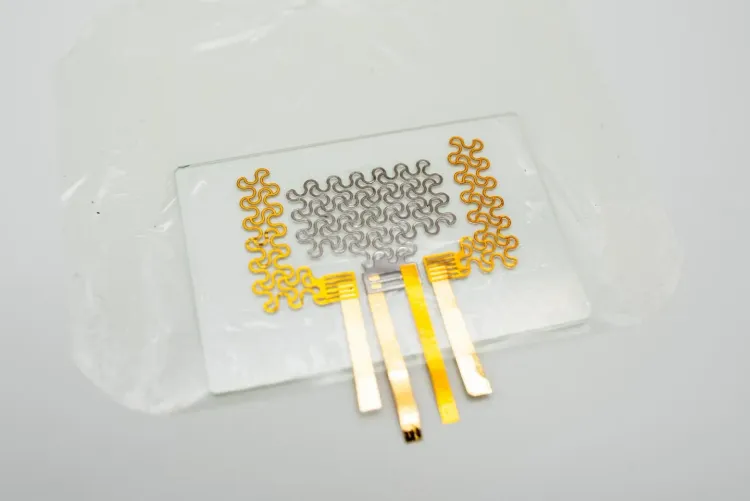Revolutionary Shift in Cardiac Care: Study on Wearable Heart Sound Devices

New Delhi, Dec 25 (NationPress) Wearable heart sound devices signify a revolutionary change in cardiac care, enabling continuous, non-invasive monitoring that holds the promise to transform the prevention, diagnosis, and treatment of cardiovascular diseases, as indicated by a recent study.
Cardiovascular diseases continue to be a global health crisis, creating a pressing need for innovative diagnostic tools that facilitate early detection and effective treatment.
These state-of-the-art advancements are expected to improve patient care and outcomes by delivering real-time insights into heart health, stated researchers from the City University of Hong Kong.
Dr. Bee Luan Khoo, an Associate Professor at the City University of Hong Kong and a prominent researcher in the area, remarked, "Our research on wearable heart sound devices represents a pivotal advancement in the early detection and monitoring of cardiovascular diseases."
"These devices have the potential to deliver more precise, real-time cardiac health information, fundamentally changing how we manage and comprehend heart health,” Khoo elaborated.
While traditional tools like stethoscopes have been instrumental in diagnosing cardiac issues, they are inadequate for continuous monitoring.
Wearable technology emerges as a transformative solution, permitting continuous and real-time tracking of heart sounds. Nevertheless, challenges such as sensitivity, comfort, and data accuracy still impede widespread implementation, as noted by the researchers.
These challenges highlight the pressing need to enhance wearable devices to surpass current limitations and improve cardiovascular health monitoring globally.
The study underscores a transformative transition from conventional stethoscopes to advanced wearable sensors that allow for ongoing cardiac activity monitoring. Key innovations involve the creation of mechanoacoustic sensors with soft, flexible designs that prioritize user comfort while ensuring high sensitivity and specificity.
The research stressed the significance of advanced materials and optimized design principles in overcoming these challenges.
Denoising techniques were also emphasized as vital for accurate heart sound analysis, addressing the low-frequency characteristics of cardiac sounds and their susceptibility to environmental interference.
Importantly, the study explored the clinical applications of these sensors, envisioning a future where personalized healthcare and remote monitoring are seamlessly integrated into cardiovascular disease management.
The findings open doors to actionable, real-time insights that could greatly enhance patient outcomes and healthcare efficiency.









